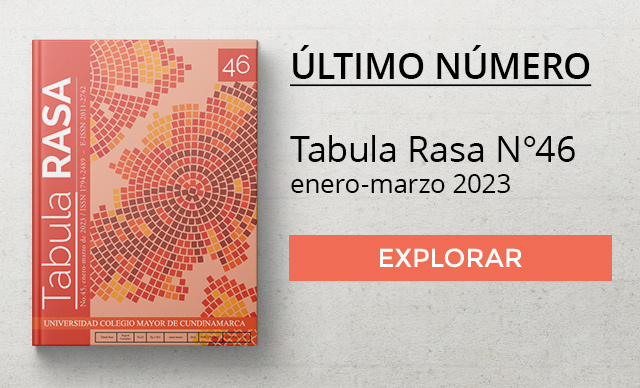Luz Hincapié
hincapie.l@javeriana.edu.co
Pontificia Universidad Javeriana (Colombia)
Abstract:
The conduct manuals and leaflets that were written specifically for women and that proliferated in Colombia during the 19th century reveal the way women were educated and conditioned to follow a patriarchal model in their lives as daughters, girlfriends, wives and mothers. This article first looks at two examples of such manuals, Consejos a una niña (1878) by Jose Maria Vergara y Vergara and Consejos a Angélica: obra dedicada a las niñas cristianas (1887) by the poet Silveria Espinosa de los Monteros de Rendón (Sopo, 1815- 1886) in order to discover the rules that were recommended to them and thus controlled women’s behavior. Following, three novels of the same period are studied: Dos religiones o Mario y Frinea (1884) and Del colegio al hogar (1893) both by Herminia Gómez Jaime de Abadía (Tunja, 1861-1926) and Soledad: novela original (1893) by Eva Ceferina Verbel y Marea (Cartagena, 1856-1900). These texts will be examined for their representations of feminine characters and they way the models and rules of conduct are reflected in the fiction of these less known authors.
Keywords: conduct manuals, representation, images of women, 19th century, Colombian feminine literature.







